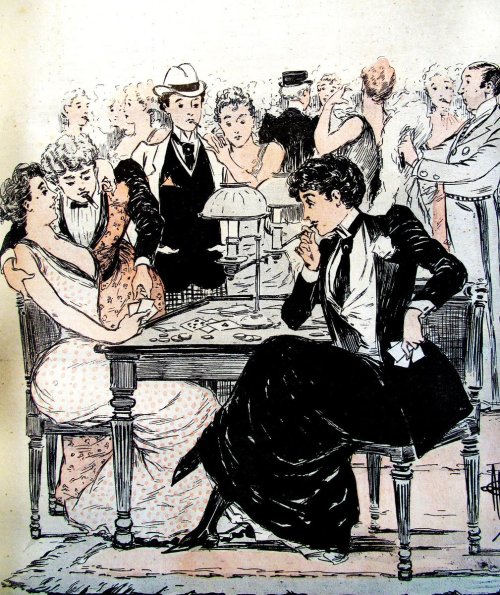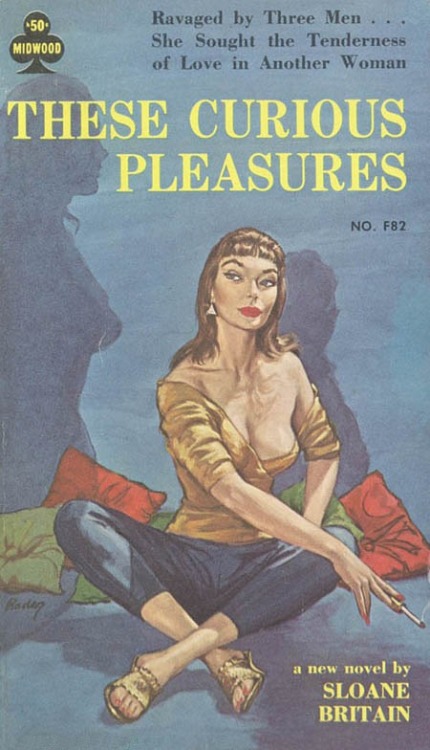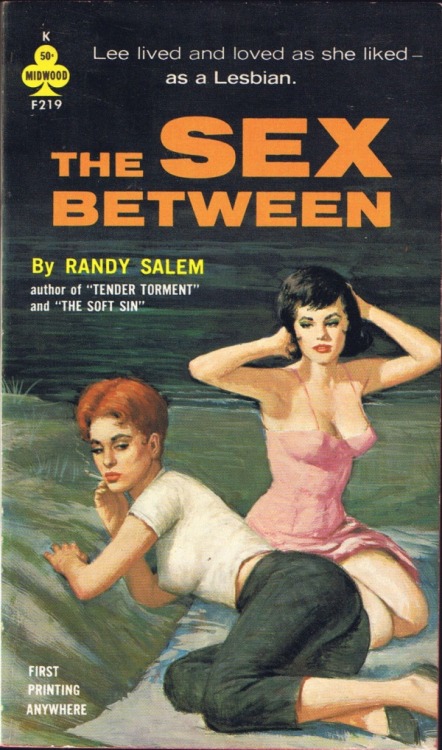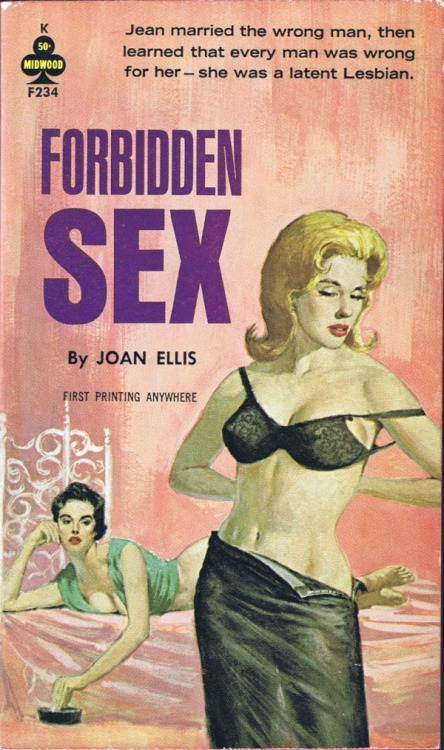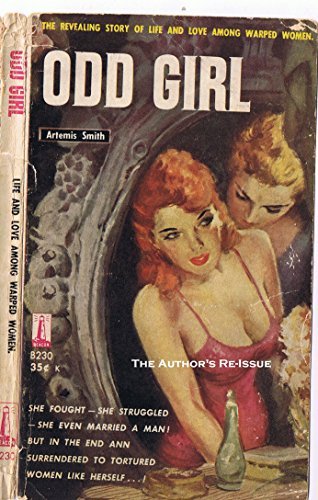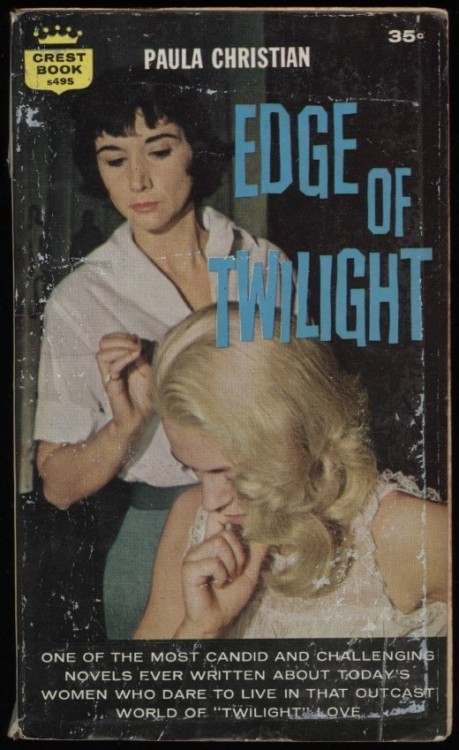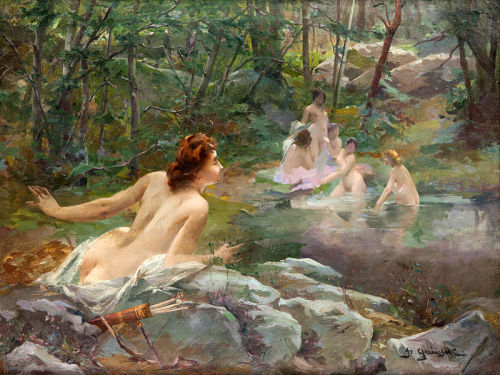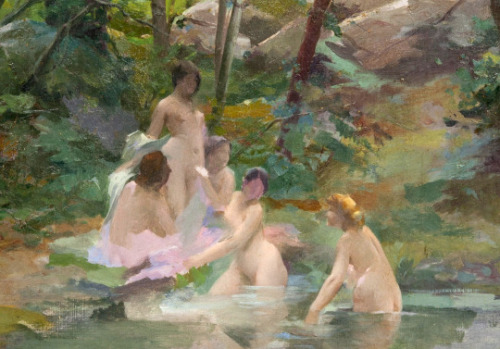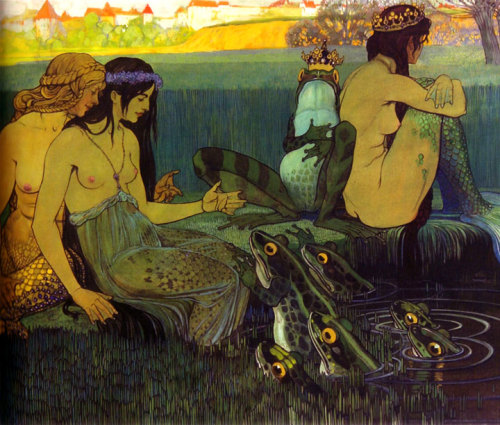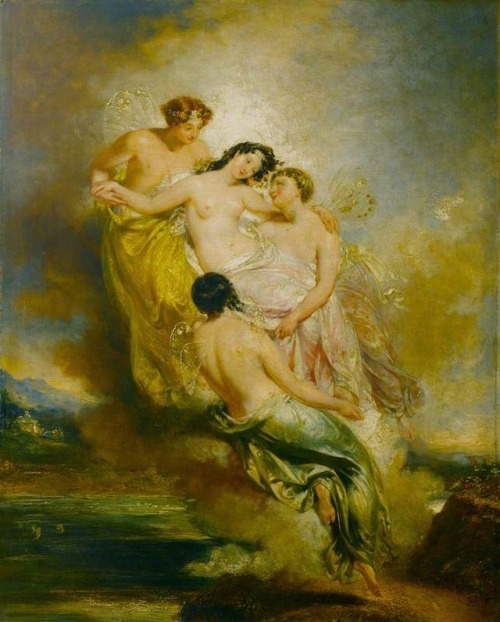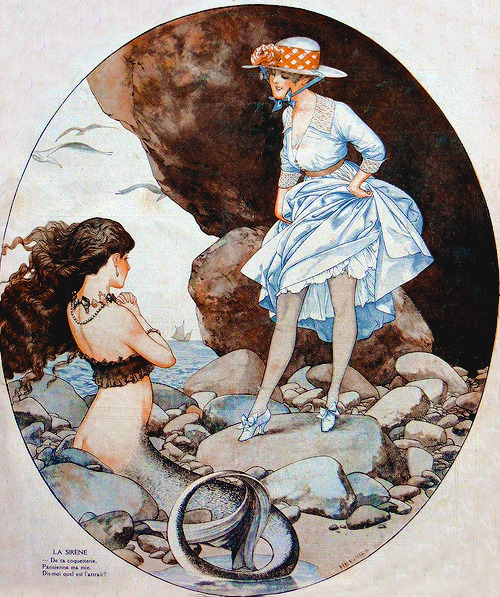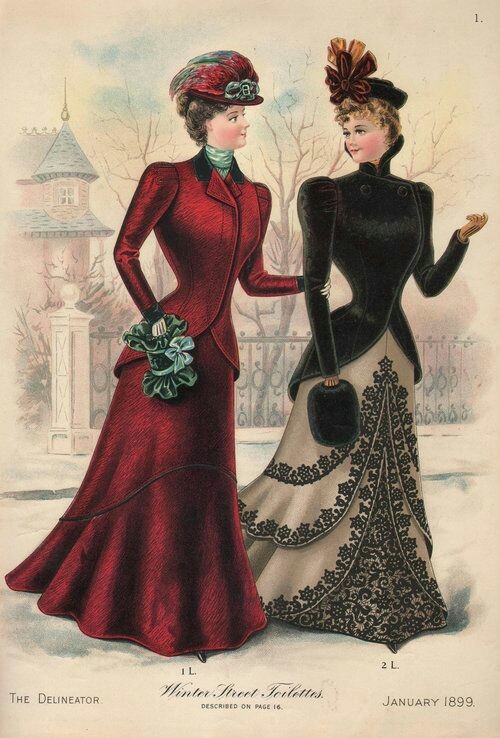#secret lesbians
Three lesbian weddings from the Grenville Collins Postcard Collection
1. Wedding party, England, c1910s
2. Lesbian wedding with female celebrant, Durand, Wisconsin, c1910s
3. Wedding with bride holding a cabbage leaf bouquet, Britain, c1920s
Post link
L’Embarquement pour Lesbos [The Departure for Lesbos], Armand Vallée, 1929.
This is spectacular. Thank you for the submission!
Post link
Max Ernst, Une semaine de bonté (A Week of Kindness), Third Book: Tuesday, Element: Fire. 1934.
Post link
Albert Guillaume, Madame est au Cercle! (Madam Is At Her Club!), published in Gil Blas Illustré, 1892.
Post link
Maurice Dumont, Le Rêve (The Dream), 1895. Etching, aquatint, and drypoint printed in brown on laid paper.
Post link
Wu Zao (or Wu Tsao) is considered one of the great female poets of China, and one of the greatest lesbian poets of all time. Very little of her work has been translated into English, but the most beautiful translations are the handful by Kenneth Rexroth and Ling Chung (the above being the best of the bunch, IMO).
Born in 1799, Wu Zao was the child of a merchant, and married to a merchant (in an arranged marriage, naturally). Both relationships are believed to have been unhappy. There were no literati in either family, and no one knows how she learned to read, write, play music and paint, since women of the merchant class were rarely taught these skills. A common dictum in the era was “A woman without talent is a virtuous one.” She basically said, “Fuck that noise,” and became a productive and talented poet, playwright and composer; one of the few female writers of the period. She used her writing to express her longing to break away from a traditional view of women’s roles, including an opera about a woman who cross-dresses and paints her own self-portrait, while lamenting her inability to use her talents because she is a woman and the gender roles of the era are stupid.
Her work was highly praised by poets and scholars, and her songs were sung all over China. She hobnobbed with other great artists of the age, both male and female. In her middle years she retreated from the world and became a Taoist priestess. (Or a Buddhist one, depending on who you ask). She died in 1863.
It’s clear from her poetry that she had sexual and romantic relationships with women, but apart from the short biography by Rexroth and Chung in their book Women Poets of China, it’s impossible to find a biography in English that does more than hint at her lesbianism. According to them, she had many female friends and lovers during her life, and wrote erotic poems to several courtesans, including this one. After reading it, I like to imagine her and Ch'ing Lin hanging out in her bedroom, painting each each other’s eyebrows and making out, like some kind of 19th century Chinese version of a sexy high school sleepover.
[Translation from Women Poets of China by Kenneth Rexroth and Ling Chung; biographical information primarily from Women Poets of China, The Anchor Book of Chinese Poetry andThe Biographical Dictionary of Chinese Women].
Um, wow, this poem is an ABSOLUTE GEM.
Just wanted to add that one of the major reasons why the dictum “a woman without talent is a virtuous one” first appeared in 17th century China was due to the unprecedented flowering and increased publication and dissemination of women’s writing and a major rise in literacy among gentry women of the time. Combined with the poetic and artistic talents of the many women depicted in the classic A Dream of Red Mansions, published in 1791, who were explicitly stated to be inspired by the author Cao Xueqin’s female relatives and friends, I think Chinese women of the more privileged classes were definitely taking a serious interest in literary pursuits.
Men couldn’t take it, basically, and this misogynistic aphorism reflected patriarchy’s anxiety more than the state of women’s education. Basically, Wu Zao was joined by more noteworthy and paradigm-shifting women writers and artists saying “fuck that noise” than at any other time in Chinese history.
[One should also note, that the vast majority of the non-gentry population of the time, both men and women, were illiterate in the Classical Chinese reserved for poetry and politics.]
Historian Dorothy Ko’s article “Pursuing Talent and Virtue: Education and Women’s Culture in Seventeenth- and Eighteenth-Century China” gives a fascinating overview of how these women viewed their own morality and education.
Thank you, this is a such a great addition to this post! I really appreciate the extra information about the period.
Link to the article mentioned.
Post link
The discussion by Harry Wilson Watrous, c. 1900
Is@secretlesbians still around?
I’m back baby
Post link
Lesbian Pulp Novels with Happy Endings, Part Two
It’s a myth that all lesbian pulp novels ended tragically, with one of the women dying or going mad and the other marrying a man. Happy endings (where two women end up together) were uncommon, but appeared in books throughout the pulp era.
Here are seven from the last decade of pulp. Free links to the texts have been provided where available.
See part one here.
1.These Curious Pleasures by Sloane Britain, 1961.
“Sloane works as a secretary to a New York television producer. She lives in the Village and enjoys cruising the bars at night for one-night stands with women she doesn’t know. She has a few part-time lovers, but hasn’t found the woman who would steal her heart … until she meets Allison, a young actress.” [link]
2.The Jealous and the Free by March Hastings, 1961.
This novel follows Michele, an inexperienced lesbian, and her budding relationship with her roommate Leda, and her difficulties in finding her way as a butch lesbian. [link]
3.The Sex Between by Randy Salem, 1962.
“Lee is a butch woman with many conquests under her belt. She pursues other women with abandon and has lesbian lovers all over town. Her only problem? No matter who she is with, she can’t stop thinking of Maggie. Maggie is sweet on Lee, too, but the matriarch of her family, Kate, has decided Maggie must marry in order to produce an heir to the family fortune. Lee knows she has fallen in love with Maggie, but the thought of giving up her freewheeling ways frightens her. Will Lee admit her feelings for Maggie in time to stop the wedding? Will Maggie defy her grandmother and give up a fortune for a chance at love and happiness with Lee?” [link]
4.Forbidden Sex by Joan Ellis, 1963.
Jean is a secretary in the film industry who supports her lying and philandering husband full time. She’s tired of her unhappy marriage. When she meets an actress called Lee sparks fly, but Lee’s feelings are more than friendly. How will Jean react when Lee reveals her true feelings, and can Lee put love ahead of her career? [link]
5.Return to Lesbos by Valerie Taylor, 1963.
This steamy sequel to Stranger on Lesbos finds Frances, the heroine, stuck in an abusive marriage. She has given up on love when she meets Erika in a bookstore. Both have been damaged by life - can they find the strength to love again? [link]
6.Unlike Others by Valerie Taylor, 1963.
Jo has just ended a relationship with another woman, and decided she is going to focus on her career and stay away from women. Then she meets Betsy at work and all her resolutions go out the window. But Betsy is dating their boss, Stan … [link]
7.Journey to Fulfillmentby Valerie Taylor, 1963.
Erika, a Jewish survivor of a Nazi concentration camp, is adopted into a U.S. family. In the United States she is free to meet women and to explore her butch identity. A prequel to the Erika Frohmann series (Stranger on Lesbos,Return to LesbosandA World Without Men). [link]
(Please note: These books were written at a time when lesbian relationships were taboo in the United States and may reflect prejudices of the era. They may also contain confronting themes like violence against women).
Source:The Lesbian Pulp Fiction Project
Post link
Lesbian Pulp Novels with Happy Endings, Part One
Pulp novels were a lifeline for many gay and bisexual women in the 50s and 60s, a place to see themselves reflected and know they weren’t alone. Although tragic endings were a genre staple, it’s a myth that all lesbian pulp novels ended unhappily. Happy endings were rare, but even at the beginning of the pulp era, books were published where two women were together and happy at the end.
Here are eight from the first two decades of the pulp period. Free links to the texts provided where available.
1.The Strange Path (Torchlight to Valhalla) by Gale Wilhelm, 1938.
“Morgen Teutenberg is an introverted 21-year-old woman nursing her dying father Fritz. She meets a handsome young man who is smitten with her despite her lack of enthusiasm. Then a childhood friend moves back into the street and new feelings are awakened.” [link]
2.Diana, The Story of a Strange Love(Diana, a Strange Autobiography)by Diana Fredericks, 1939.
A thinly veiled autobiography, Diana is the story of a woman coming to terms with her lesbianism through a series of failed and eventually successful relationships. Julie Abraham, in an introduction to a 1995 reprinting says, “It offers a defense of lesbian relationships that was unprecedented in 1939 and radical for decades afterwards.”
3.The Price of Saltby Patricia Highsmith writing as Claire Morgan, 1952.
“A chance encounter between two lonely women leads to a passionate romance in this lesbian cult classic.” [link]
4.Odd Girl [Originally titled Anne Loves Beth] by Artemis Smith, 1959.
A love triangle and a mistaken marriage leads a woman to discover her true desires. [link]
5.Another Kind of Love by Paula Christian, 1959.
Laura Garraway, after being spurned by her Hollywood lover, flees to New York City where she finally finds a place where she belongs. [link]
6.The Girls in 3-Bby Valerie Taylor, 1959.
“Three young women move to Chicago and room together; each wants to emancipate herself from smalltown mores. Valerie Taylor skillfully paints a sociological portrait of the emotional and economic pitfalls of heterosexuality in 1950s America—and then offers a defiantly subversive alternative.” [link]
7.Edge of Twilightby Paula Christian, 1959.
Stewardess Val Macgregor lives a wild life, until she meets Toni, the new stewardess, and must come to terms with new feelings.
8.The Dark Side of Venus by Shirley Verel, 1960.
“A story of two women who defied the conventions of society for the only kind of love that could fulfill them.”
(Please note: These books were written at a time when lesbian relationships were taboo in the United States and may reflect prejudices of the era. They may also contain confronting themes like violence against women).
Source:The Lesbian Pulp Fiction Project
Post link
Paul François Quinsac, Nymphs in the Forest, Paul François Quinsac (French 1858–1932) [Academicism], Undated.
Post link
Psyche Conveyed by Zephyrs to the Valley of Pleasure
John Wood (1801–1870)
Sir John Soane’s Museum
looks like the Valley of Pleasure is ladies only
Post link
Louis-Jean-François Lagrenée The Union of Painting and Sculpture, 1768
wow painting and sculpture are really into each other’s “work”
Post link
Cover illustration by Chéri Hérouard for La Vie Parisienne, August 19, 1916
mermaids are so gay
Post link


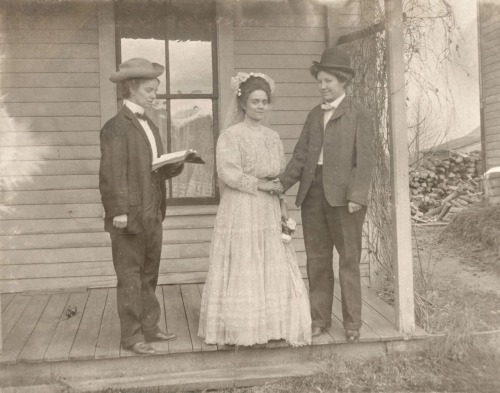
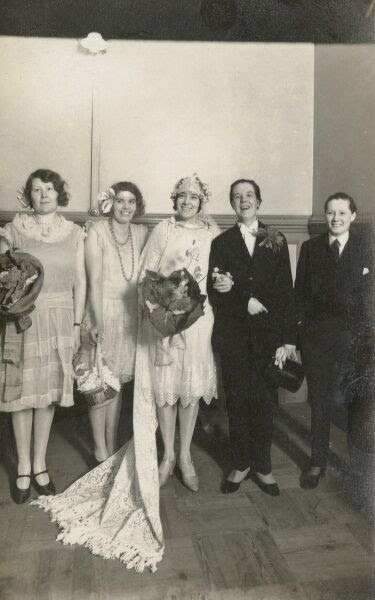
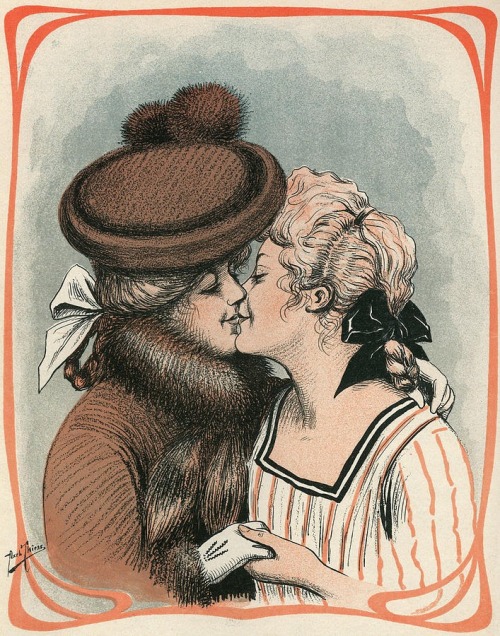

![L’Embarquement pour Lesbos [The Departure for Lesbos], Armand Vallée, 1929.This is spectacular. Than L’Embarquement pour Lesbos [The Departure for Lesbos], Armand Vallée, 1929.This is spectacular. Than](https://64.media.tumblr.com/918abb676330efca5e0f939ca2fec875/tumblr_p0b6t3EbET1s5r0ogo1_500.jpg)

